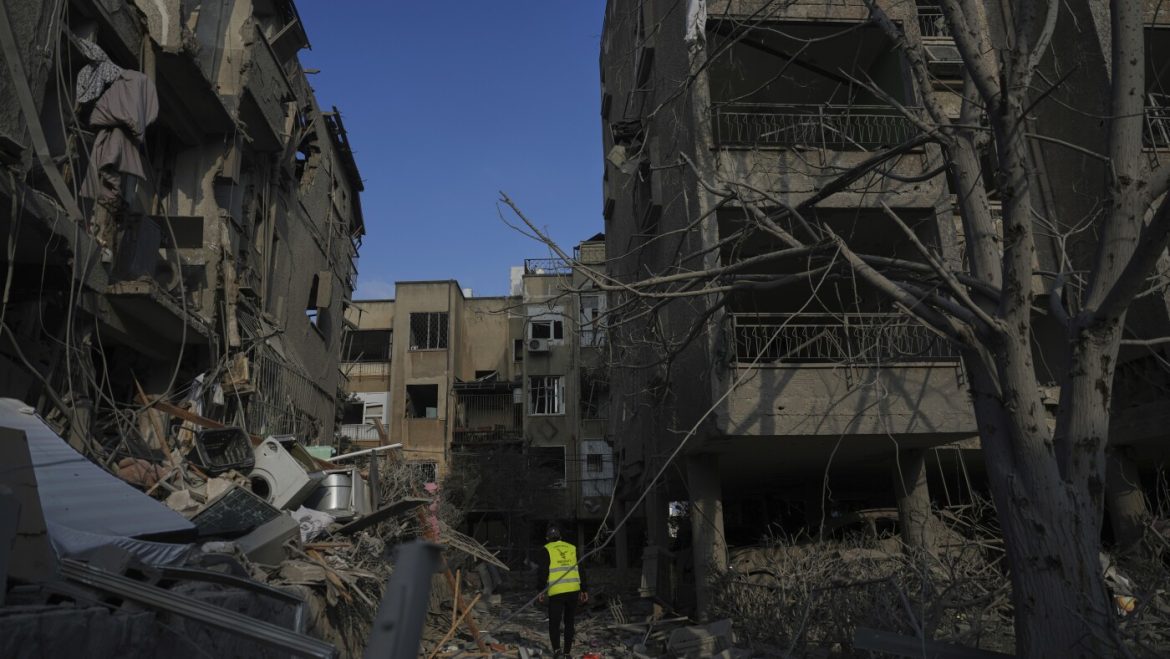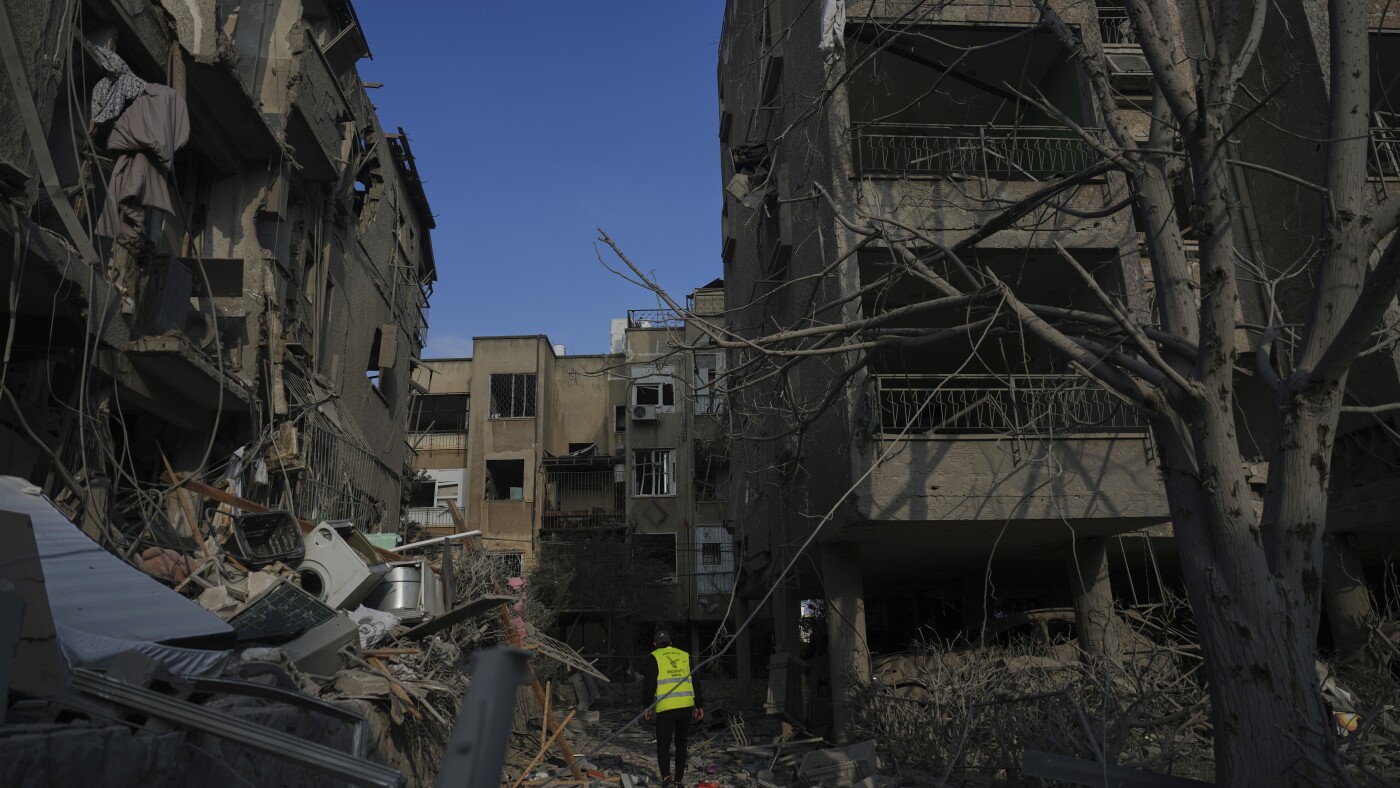Israel’s recent military strikes against Iran represent a significant escalation in the longstanding conflict between the two nations, with profound implications for regional stability and international diplomacy. Over the course of coordinated attacks, Israel reportedly targeted over 100 sites across Iran, killing nine senior nuclear scientists and several prominent military figures including top commanders of the Islamic Revolutionary Guard Corps (IRGC). These actions constitute one of the most direct and large-scale confrontations between Israel and Iran to date, marking a pivot point in the struggle over Iran’s nuclear ambitions.
The Scope and Nature of the Israeli Strikes
According to multiple reports, Israeli forces launched simultaneous airstrikes targeting Iran’s nuclear infrastructure, military leadership hideouts, and strategic installations in key locations including Tehran, Natanz, and Shiraz. The operation was described by the Israel Defense Forces (IDF) as a pre-emptive measure aimed at crippling Iran’s efforts to develop nuclear weapons. Specifically, Israel claimed to have assassinated nine nuclear scientists who have spent decades advancing these capabilities, alongside senior military commanders such as Brigadier General Mohammad Bagheri, chief of Iran’s military forces, and Hossein Salami, leader of the IRGC.
The strikes destroyed an aboveground uranium enrichment plant near Natanz, a site critical to Iran’s nuclear program, and reportedly disrupted multiple other nuclear and military facilities. Israel deployed over 200 fighter jets for this wide-ranging assault, indicating a high degree of coordination and commitment to severely limiting Iran’s nuclear progress.
Immediate Iranian Response and Retaliation
In the wake of Israel’s offensive, Iran responded with ballistic missile strikes targeting Israeli locations, including cities within reach of these missile launches. Iranian officia


